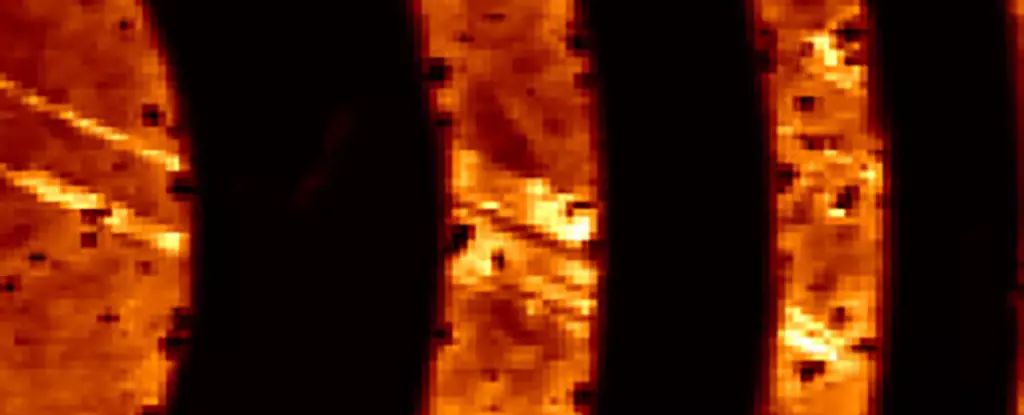Scientists have made a significant breakthrough in the field of quantum technology by developing a lens that is only three atoms thick. This revolutionary lens has the unique ability to allow most wavelengths of light to pass through, making it ideal for applications in optical fiber communication and devices such as augmented reality glasses. This innovative approach opens up a world of possibilities for the future of lenses and miniature electronic systems.
Unlike traditional lenses that rely on refraction to bend light, this new lens utilizes diffraction by focusing incoming waves through a series of grooved edges. Known as a Fresnel lens or zone plate lens, this technology has been used for centuries in the production of thin, lightweight lenses. However, by etching concentric rings into a layer of tungsten disulfide, the researchers have taken this technique to a whole new level.
The Role of Excitons in Focusing Light
The key to the lens’s success lies in the behavior of excitons, which are formed when light is absorbed by the tungsten disulfide. These excitons, which consist of an electron and a ‘hole’, help to focus very specific wavelengths of light while allowing others to pass through unaltered. By manipulating the size and spacing of the rings, the researchers were able to focus red light with remarkable precision.
While the lens is effective at room temperature, the researchers discovered that its focusing capabilities were further enhanced at lower temperatures. This opens up the possibility of optimizing the lens’s performance by exploring how exciton behavior can be manipulated. Future experiments may involve the use of optical coatings and variations in electrical charge to improve the efficiency and capability of the lens.
The development of the thinnest lens ever made represents a major milestone in the field of quantum technology. The potential applications of this groundbreaking technology are vast, ranging from advanced optical communication systems to cutting-edge devices like augmented reality glasses. By harnessing the power of quantum phenomena, scientists have unlocked a new frontier in the world of lenses and miniature electronic systems. The future of optics looks brighter than ever before, thanks to this remarkable achievement.

Leave a Reply